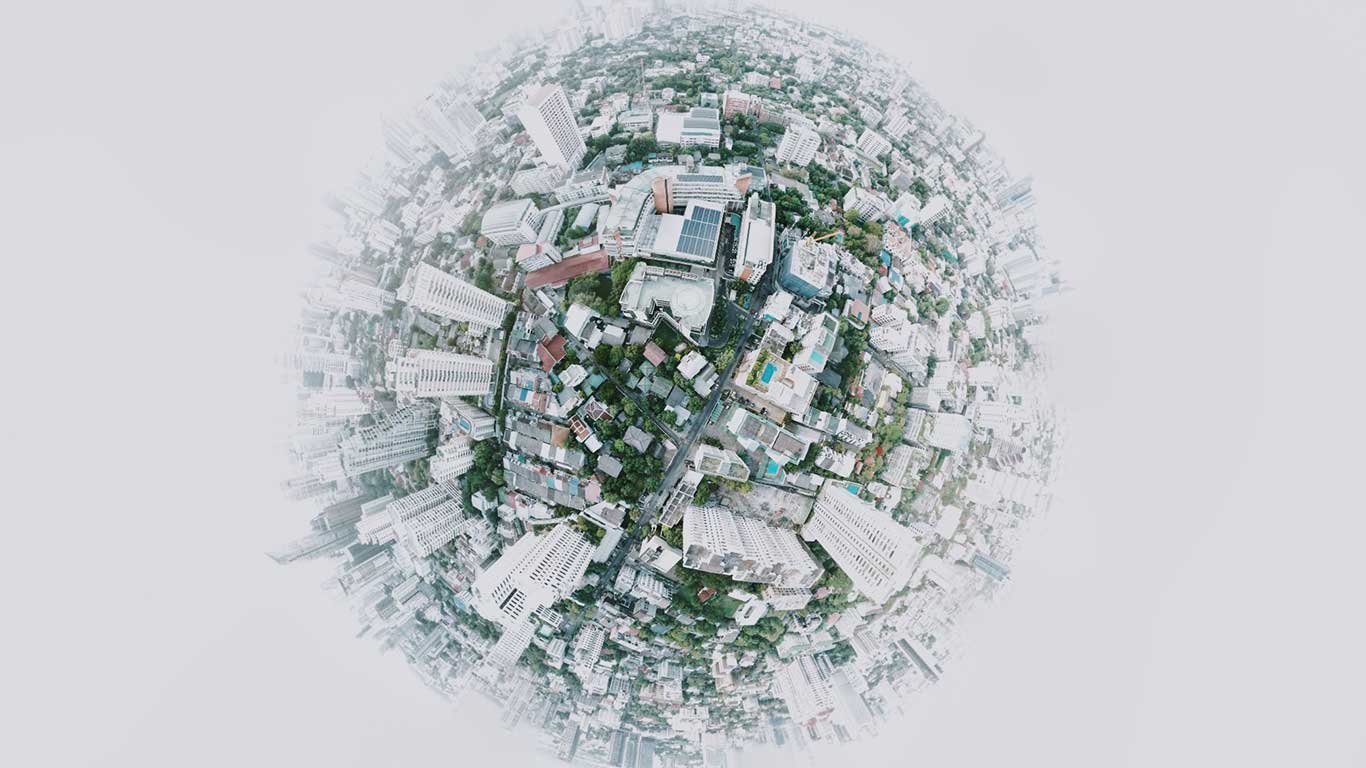
By Sebnem Sener, Senior Specialist, UNDP SDG Impact
If you have read “Foundation” by Isaac Asimov, as I did years ago, you’d be familiar with the question, “Can the overall history of human race be changed?” With the recent production of sci-fi TV series based on the novel, I wanted to read it again.
The protagonist of the book is Dr. Seldon, a mathematician and psychologist who has developed psychohistory, a new field of science and psychology that equates all possibilities in large societies to mathematics, allowing for the prediction of future events. He forecasts that the Galactic Empire will collapse and enter a dark age lasting thousands of years. When the rulers ask whether this can be prevented, Seldon says “Yes - with great difficulty”. He continues:
“The psychohistoric trend of a planet-full of people contains a huge inertia. To be changed it must be met with something possessing a similar inertia. Either as many people must be concerned, or if the number of people be relatively small, enormous time for change must be allowed.”
This resonated with me more than it did all those years ago, as we witness our planet changing in unprecedented ways and at breakneck pace. Our direction is ominous and unfortunately, we are not characters in a sci-fi novel. Moreover, it isn’t possible to prevent changes in isolation – in one region, one country or one continent, since our world is extremely interconnected, like the galaxies in the novel. This interconnectedness is reflected in the 17 Sustainable Development Goals (SDGs).
Indeed, the SDGs have synergies and trade-offs amongst themselves. There are times when progress on one SDG could reduce or backtrack advances on another. Trade-offs occur because the SDGs with high trade-off percentages are focused on economic growth.
For example, Reducing Poverty (SDG1) runs through several SDGs. It is statistically linked to favoring the progress of Good Health and Well-Being (SDG3), Quality Education (SDG4), Gender Equality (SDG5), Clean Water and Sanitation (SDG6), and Reduced Inequalities (SDG10), according to the UN SDG Report 2021.
Being aware of the negative synergies is important. For example, Zero Hunger (SDG2) might be achieved faster at the expense of Life Below Water (SDG14), through overfishing. Another example is Decent Work and Economic Growth (SDG8) could be achieved either hand-in-hand with positive climate action (SDG13) or at its expense depending on the path taken, for instance if decent work and economic growth is achieved through employment in fossil fuel extraction.
Equally, the interconnectedness of the SDGs often strengthens each other. Advancement in Gender Equality (SDG5) is likely to lead to improvement in No Poverty (SDG1). If more women are educated, possess decision-making power and are healthy, they are more likely to be able to participate in political and economic life and earn a salary. These positive impacts could have both long- and short-term economic benefits for investors and businesses alike.
The SDGs are the north star guiding us to reverse the change of the negative synergies and trade-offs mentioned above. Positive impact is only possible if we account for these interdependencies and make decisions considering the effects we have on people and planet, while also pursuing long-term profitability.
Among the confusing array of frameworks, principles, and standards available, the private sector is asking for guidance to be the agents of change. UNDP’s SDG Impact, has developed the SDG Impact Standards (the Standards), the only global management standards in the market that help organisations consider all 17 SDGs holistically, thereby embedding sustainability into the core of its operations.
There are four sets of Standards to cater to the following asset classes: Enterprises, Private Equity Funds, Bond Issuers and the OECD/UNDP Impact Standards for Financing Sustainable Development which target donor countries and their private sector partners.
While there is no silver bullet to these problems, there are certainly practices in strategy, internal management and decision-making that can be improved by embedding impact considerations. The Standards enable a fundamental shift towards how business and investments are done, not just what gets done.
This new paradigm of management enables decision-makers to maximise the chances of generating both profit and impact while considering trade-offs. With the impact-related information at hand, organisations can quickly take corrective measures to enhance financial and impact goals.
To help understand and adopt the Standards, free supporting resources are available including Guidelines and a Self-Assessment Tool which organisations can use to identify where they are in their impact journey. It goes a step further and helps them prioritise the necessary actions for continuous improvement over time. SDG Impact has also collaborated with CASE at Duke University on the free online Coursera course Impact Measurement and Management for the SDGs which gives an overview of the Standards.
Furthermore, the upcoming SDG Impact Assurance Framework and SDG Impact Seal, provides the necessary recognition of the adopters of the SDG Impact Standards who are more likely to be contributing positively to sustainability – reducing the risk of SDG-washing. Together, the Standards, Assurance Framework and Seal provides the chance for the private sector to have a consistent voice, clear purpose, coherent strategy and long-term value creation.
Collectively, our only job is to reverse the path we are on. This is only possible with the system change approach the Standards bring to the table. And only possible with the sufficient number of people being concerned enough to change their mindset ̶ as Dr. Seldon says in “Foundation”.
A version of this article first appeared in Environmental Finance.
Sustainable Development Goals © 2022 SDG Impact Terms and Conditions